Public Service Delivery System
Public Service Delivery System
A Public Service Delivery System refers to the mechanisms, institutions, and processes through which government services are provided to citizens. These services can include healthcare, education, social security, sanitation, infrastructure, public transport, and more. The effectiveness of public service delivery systems is essential for ensuring good governance, fostering development, and improving the quality of life for the population.
The system’s goal is to ensure that citizens have access to public goods and services in a transparent, efficient, and equitable manner. It is a vital component of the social contract between the state and its citizens, wherein the government is expected to deliver services as part of its role, and citizens are entitled to receive these services.
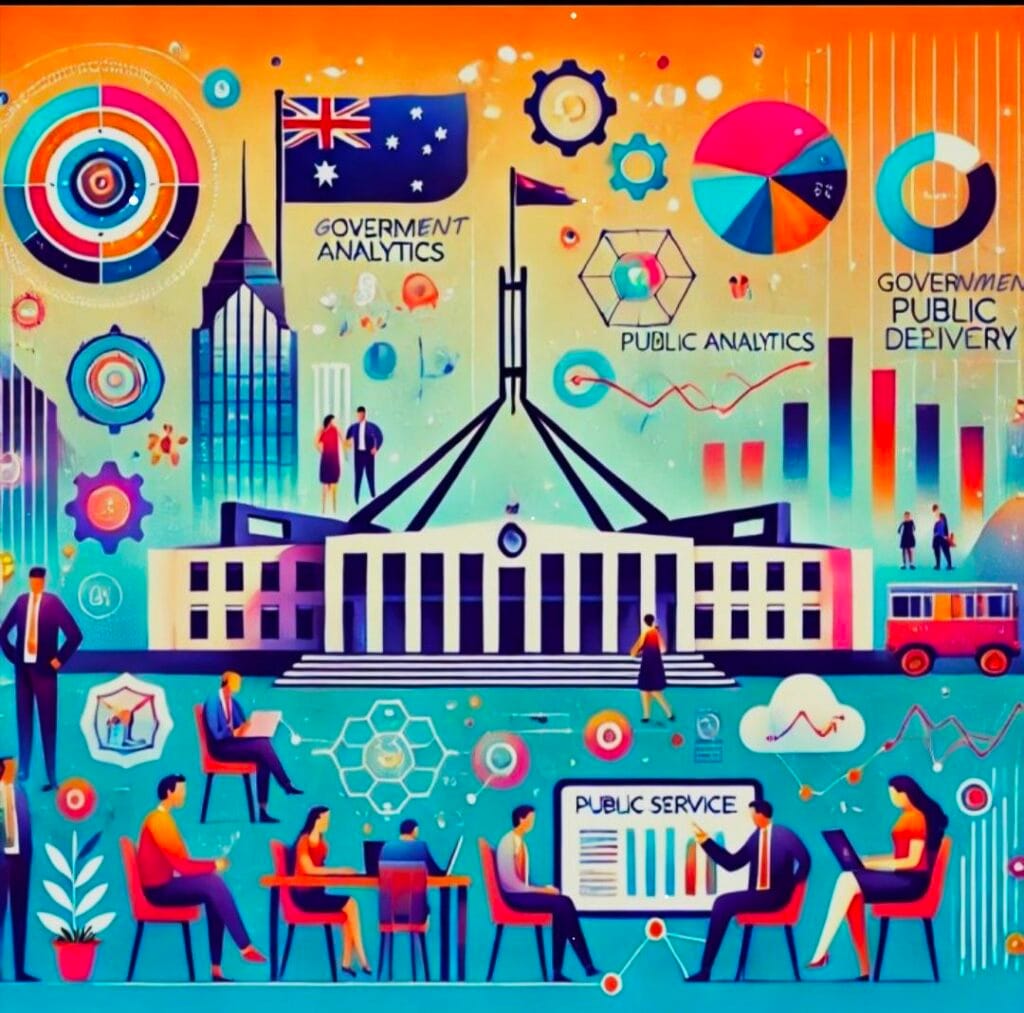
Key Components of Public Service Delivery System
- Government Institutions:
- These include ministries, departments, agencies, and local bodies responsible for delivering specific public services, such as the Ministry of Health, Public Works Department (PWD), or Municipal Corporations.
- At different levels—central, state, and local—the institutions work to ensure that services are provided across all regions.
- Service Delivery Mechanisms:
- Physical Infrastructure: The building of roads, hospitals, schools, etc., to deliver services directly to citizens.
- E-Governance: Use of technology to streamline and digitize the delivery of services, such as online applications for licenses, certificates, or subsidies. Initiatives like Digital India and e-Seva centers aim to improve access and reduce bureaucracy.
- Mobile Services: In some rural or remote areas, mobile service delivery units may be used to provide healthcare or legal aid.
- Local Governance and Decentralization:
- The system involves local governance institutions, such as Panchayati Raj Institutions (PRIs) in rural areas and Municipalities in urban areas, to improve service delivery at the grassroots level.
- Decentralization allows decisions to be made closer to the people, which can result in better responsiveness to local needs and conditions.
- Citizen Participation:
- Grievance Redressal Mechanisms: Citizens are allowed to report any issues in service delivery through various platforms, such as helplines, online portals, or local offices.
- Citizen Charters: These charters define the rights of citizens in terms of the services they should receive, providing a guideline for service standards and timelines.
- Accountability and Transparency:
- Performance Monitoring: Regular evaluation and audits of service delivery systems to ensure efficiency and correct bottlenecks. Tools like social audits, citizen feedback, and public hearings help enhance transparency.
- Right to Information (RTI): This empowers citizens to access information about government functioning, thus holding service providers accountable.
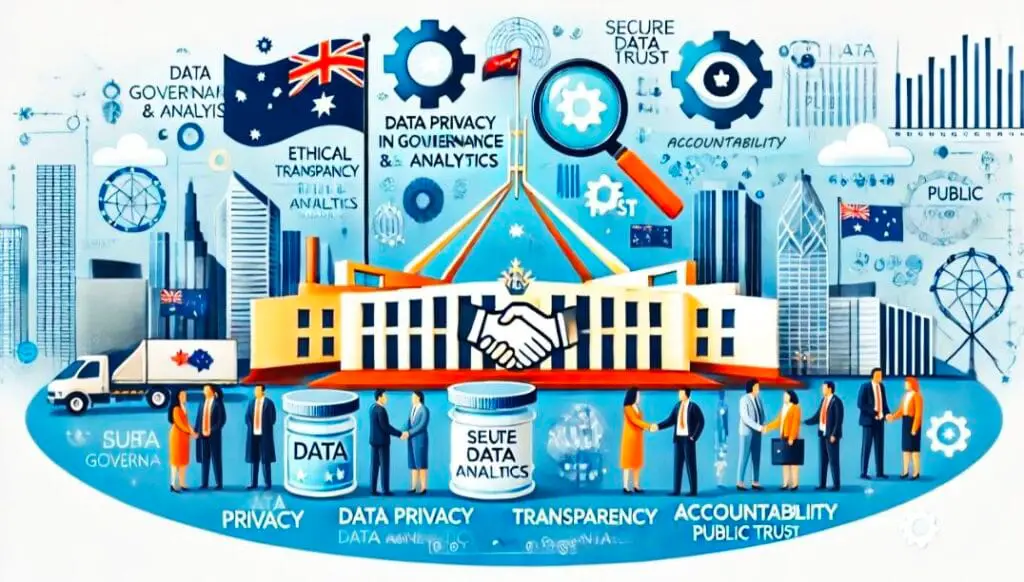
Models of Public Service Delivery
- Centralized Model:
- The government directly delivers services through its departments and agencies, often with minimal involvement from other stakeholders.
- Example: Postal services, public utilities like electricity and water.
- Decentralized Model:
- Service delivery is delegated to local bodies like municipal corporations or village panchayats, allowing more autonomy at the local level.
- Example: Rural health and sanitation services managed by panchayats.
- Public-Private Partnerships (PPP):
- Governments collaborate with private entities to deliver public services, especially where infrastructure and capital are intensive.
- Example: Toll roads, water supply systems, and solid waste management.
- Community-Based Model:
- Local communities are involved in service delivery, ensuring that services are tailored to the needs of the people.
- Example: Watershed management and forest conservation programs that involve local communities.

Challenges in Public Service Delivery
- Inefficiency and Bureaucratic Delays:
- Red tape and cumbersome procedures often delay the provision of services. Many government departments are criticized for being slow to respond, leading to citizen frustration.
- Corruption:
- Corruption can weaken service delivery by misappropriating resources, creating access barriers (bribes for services), and undermining trust in government institutions.
- Unequal Access:
- Services are often more readily available in urban areas than in rural or remote regions. Marginalized communities, such as tribal groups or low-income households, may struggle to access services due to social and geographical barriers.
- Lack of Capacity and Resources:
- Many public institutions face a shortage of trained personnel, funding, and technology. This can lead to poor quality of services, such as understaffed hospitals or ill-maintained public transport systems.
- Inadequate Infrastructure:
- Poor infrastructure, especially in rural and backward areas, hinders service delivery. For instance, lack of roads or communication networks can limit access to healthcare, education, or emergency services.
- Low Accountability:
- In some cases, public officials may not be held accountable for their inefficiency or corruption, leading to unresponsiveness in addressing citizen grievances.
- Over-centralization:
- In cases where services are highly centralized, local contexts and specific needs may be ignored, reducing the relevance and effectiveness of services provided.
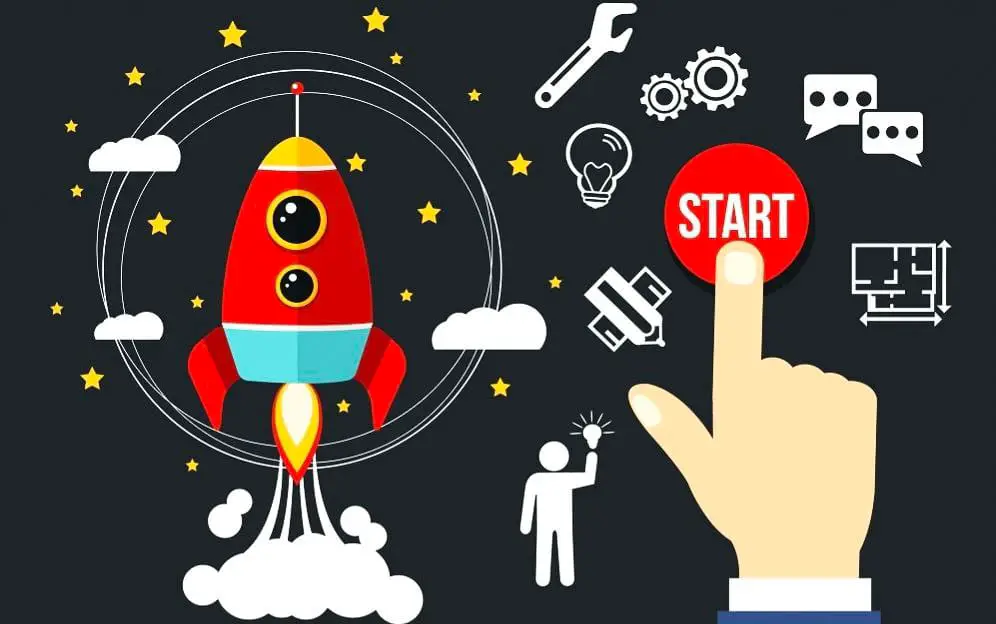
Improving Public Service Delivery
- E-Governance and Digital Transformation:
- Initiatives such as Aadhaar-based identification and digital service portals have revolutionized public service delivery by making processes more efficient and accessible. Citizens can apply for services, track progress, and receive services digitally without visiting government offices.
- Examples include Digital India, UMANG app, and Common Service Centers (CSCs).
- Decentralization and Local Governance:
- Strengthening local governance through Panchayati Raj and urban local bodies can ensure that services are tailored to meet local needs. This also empowers communities and enhances local accountability.
- Public-Private Partnerships (PPP):
- Expanding PPPs in sectors like healthcare, education, and infrastructure can improve the quality and reach of services, leveraging private sector efficiency with public sector oversight.
- Citizen-Centric Governance:
- Governments can improve service delivery by enhancing citizen participation through mechanisms like social audits, citizen feedback systems, and grievance redressal platforms. This ensures that service providers are more accountable to the people.
- Capacity Building:
- Continuous training of government staff and investment in infrastructure is essential to improve the capacity of public institutions to deliver quality services. This includes updating technology, creating better physical infrastructure, and fostering innovation in public administration.
- Improved Monitoring and Evaluation:
- Strong monitoring frameworks ensure that service delivery standards are met. By collecting data on performance, government agencies can identify gaps and inefficiencies and make necessary improvements.
- Anti-Corruption Measures:
- Strict anti-corruption mechanisms such as vigilance committees, independent audits, and whistleblower protection can reduce corruption and ensure more equitable distribution of services.

Significance of Public Service Delivery System
- Social Equity:
- A well-functioning public service delivery system ensures equitable access to basic services like education, healthcare, and sanitation, regardless of a person’s socio-economic background.
- Economic Development:
- By providing reliable infrastructure and services, such as roads, electricity, and water supply, the government facilitates economic growth and improves livelihoods in rural and urban areas.
- Strengthening Democracy:
- Efficient service delivery enhances trust in government and strengthens the relationship between the state and its citizens. A responsive system encourages citizen engagement in governance and decision-making.
- Improving Quality of Life:
- Timely and effective delivery of services directly impacts the quality of life of citizens, providing them with access to health, education, sanitation, and infrastructure needed to lead a dignified life.
- Poverty Reduction:
- By ensuring access to essential services such as healthcare, education, employment, and social security schemes, public service delivery systems play a critical role in alleviating poverty and improving living standards.
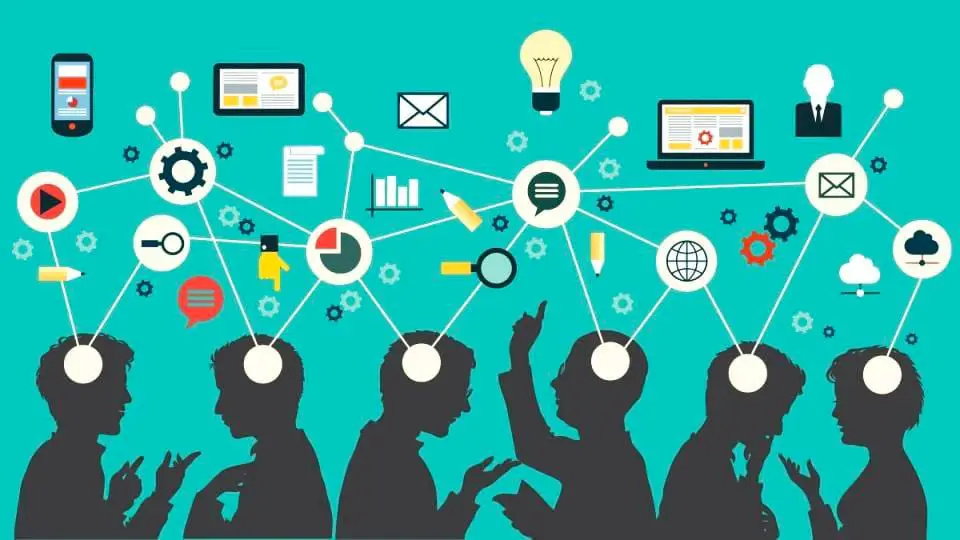
Conclusion
An effective Public Service Delivery System is the backbone of a well-functioning and inclusive government. It ensures that citizens have access to essential services, promotes social equity, and strengthens the government’s relationship with its citizens. However, challenges like corruption, inefficiency, and unequal access need to be addressed to make these systems more responsive and transparent. Continuous improvements in technology, governance, and citizen participation will be critical to enhancing the public service delivery mechanisms, ultimately leading to better governance and sustainable development.
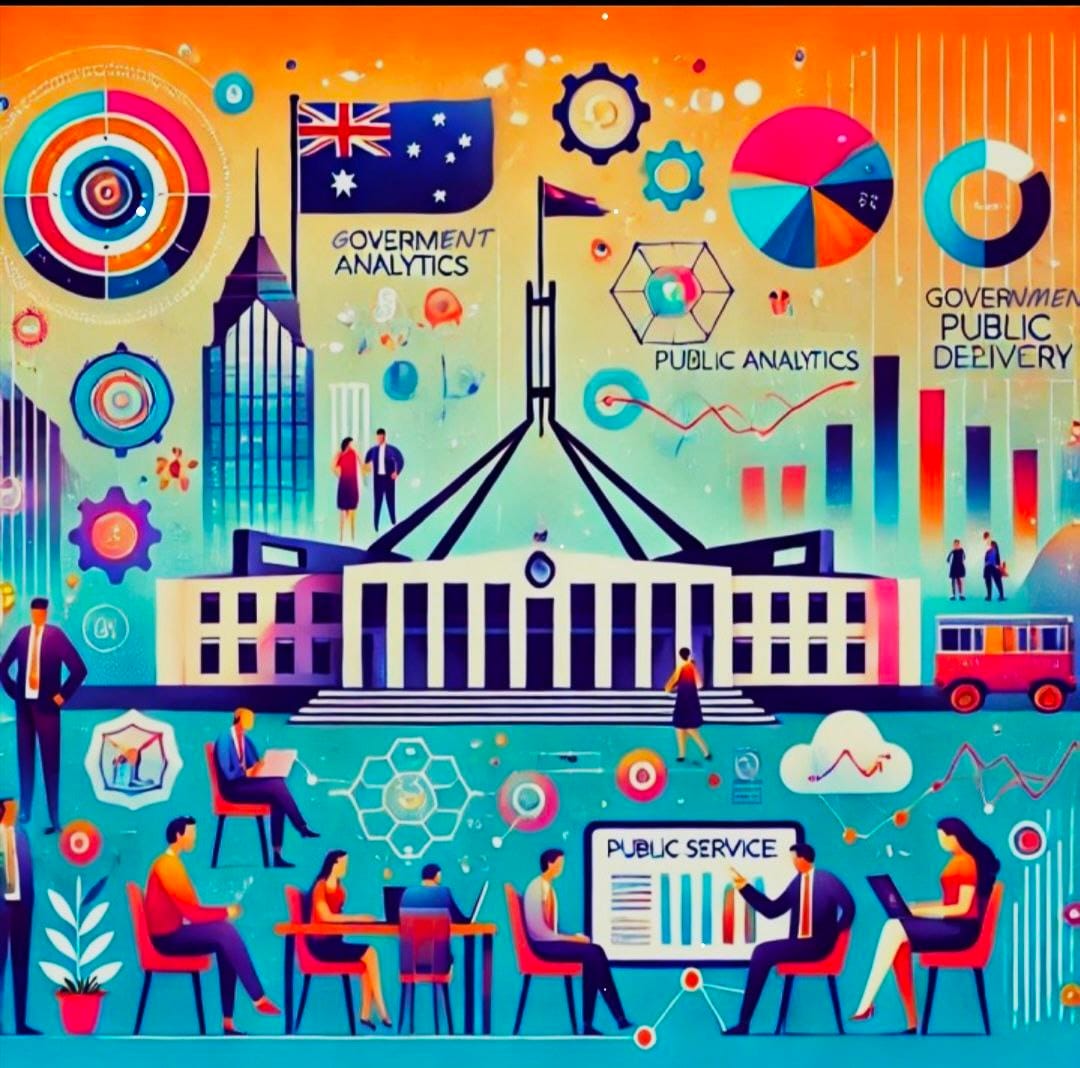



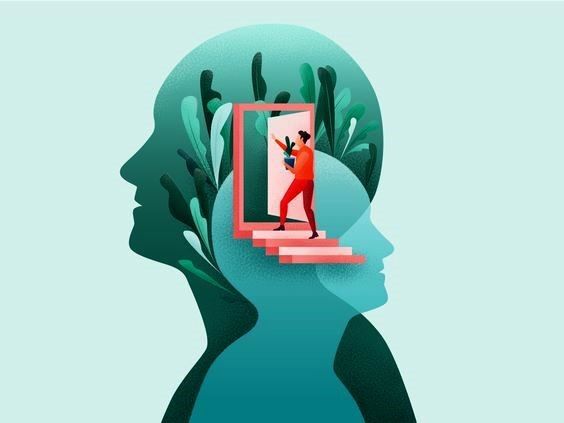






Leave a Reply